
The Sinking of the Britannic
By Storybird

17 Aug, 2023

The Atlantic Ocean's deep waters held an ominous secret, the wreckage of the Britannic, a leviathan of steel and rivets, a devastating reminder of one of the greatest marine disasters in history.
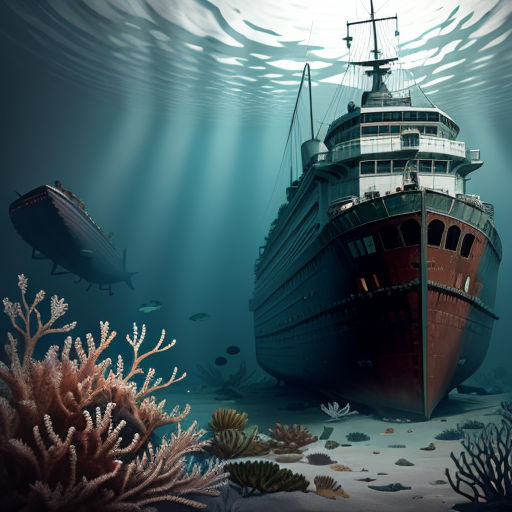
The Britannic was not just an ordinary ship; she was the crowning glory of the White Star Line's Olympic class, a spectacle of Edwardian luxury. Her end was as dramatic as her grandeur.
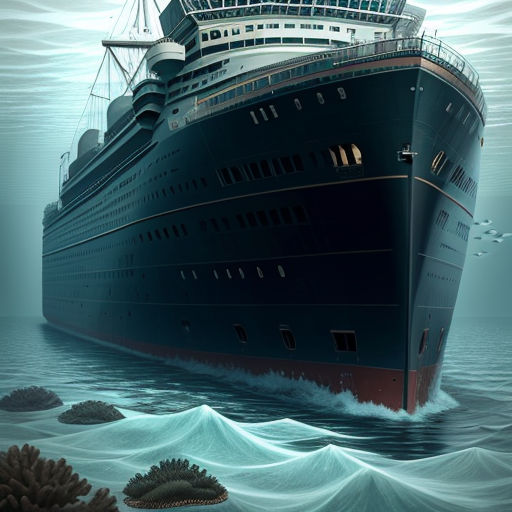
The story of the Britannic's demise began in November 1916. Cruising through the Aegean Sea, the Britannic was deployed for wartime service, ferrying wounded soldiers back to England.
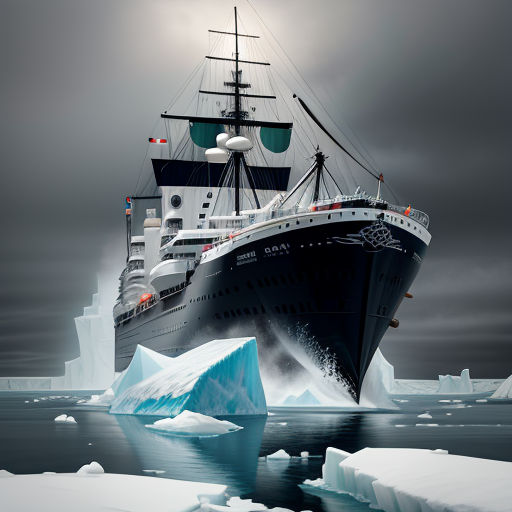
Onboard was Captain Charles A. Bartlett, a veteran seafarer known as "Iceberg Charlie". He had decades of experience at sea, but the Britannic would present him with an unprecedented challenge.

On the morning of November 21, Captain Bartlett's worst nightmare came to life. An unprecedented explosion shook the mighty Britannic, jolting her from stem to stern.
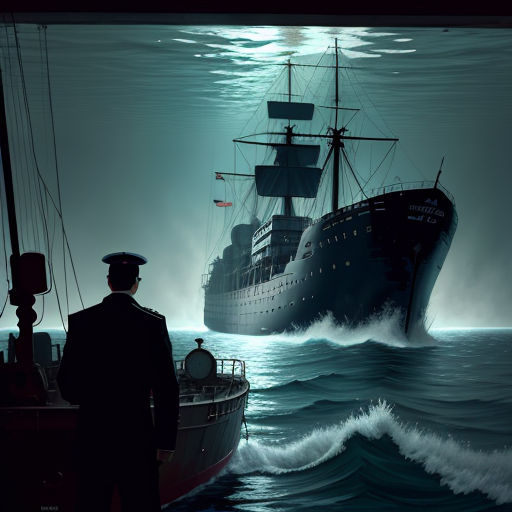
The ship's crew swiftly acted. The boiler rooms were evacuated and watertight doors were sealed, but the Britannic was mortally wounded.

Bartlett ordered the engines full ahead, hoping to run the Britannic aground on the nearby island of Kea, but the ship was rapidly taking in water.

Panic stirred among the crew and passengers. Some launched lifeboats without orders, leading to unforeseen incidents when they were sucked into the Britannic's still-turning propellers.
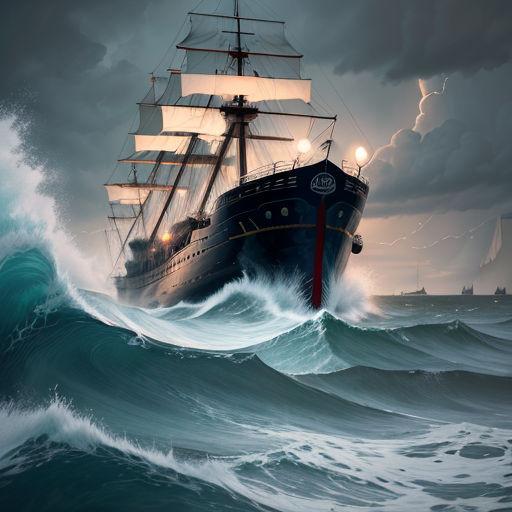
Amidst the chaos, Captain Bartlett remained poised, orchestrating every possible measure for survival. His experience and leadership were their only beacon of hope.

There was a nurse on board, Margaret Brown, who had also survived the Titanic tragedy. Despite the pandemonium, her calm demeanor and efficiency were a force to reckon with.

Margaret worked tirelessly, moving from patient to patient, comforting the injured, and assisting in the launch of the lifeboats, fearless in the face of death.
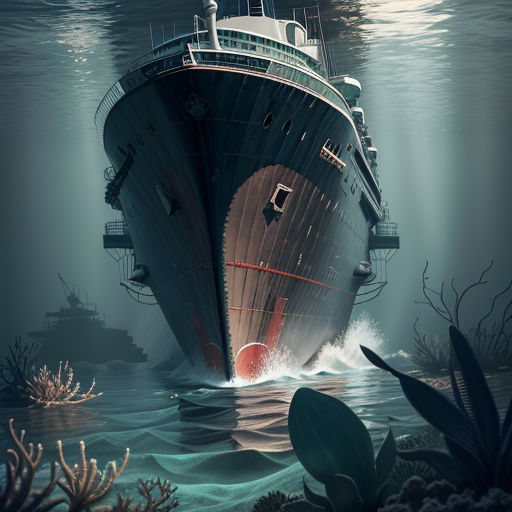
Despite their best efforts, the Britannic continued sinking. The situation was escalating. The ship was heavily listing, the tilt was critical, and time was running out.
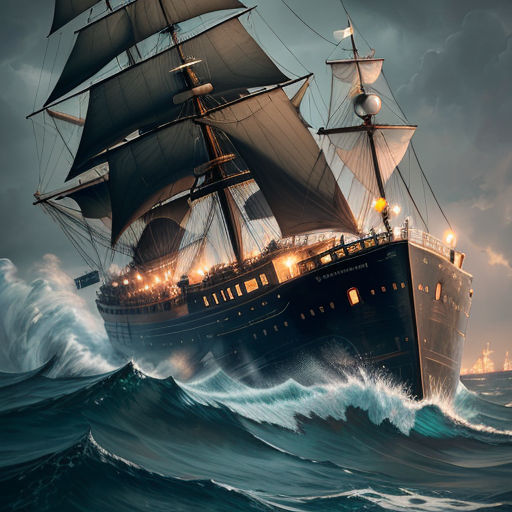
Bartlett blew the whistle, the final order for evacuation. Margaret joined the last group of crew members to leave the dying ship.
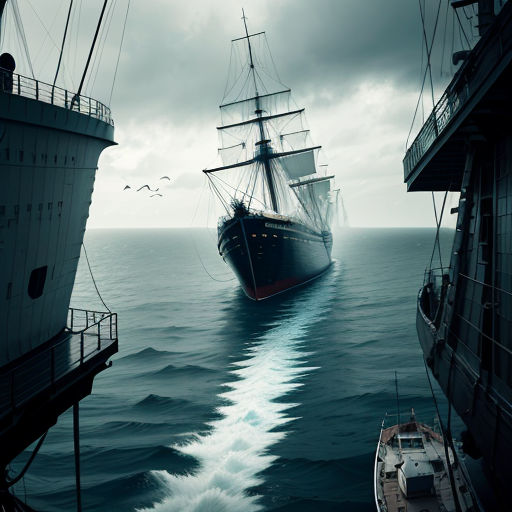
As crew members jumped, swam, and paddled away on lifeboats, the Britannic finally succumbed to its wounds, the stern rising high before plunging beneath the waves.

The survivors were picked up by British patrol ships. They watched as the sea claimed the grandeur of the Britannic, marking a tragic end to its short-lived service.
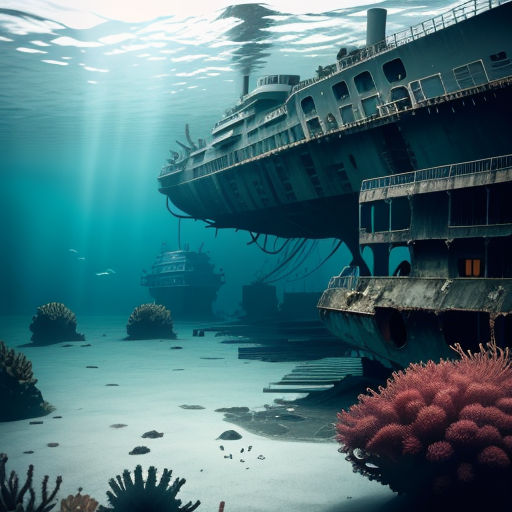
The Britannic had sunk in just 55 minutes, dramatically faster than her sister, the Titanic. She now rested at the bottom of the Aegean Sea, a solemn monument to human ingenuity and tragedy.

None could ever forget the sinking of the Britannic. The majestic ship's end was a heartbreaking tale etched deep into maritime history.

Captain Bartlett, Margaret, and the few survivors carried with them the painful memories of that dreadful day, the scars of their survival serving as a haunting reminder.
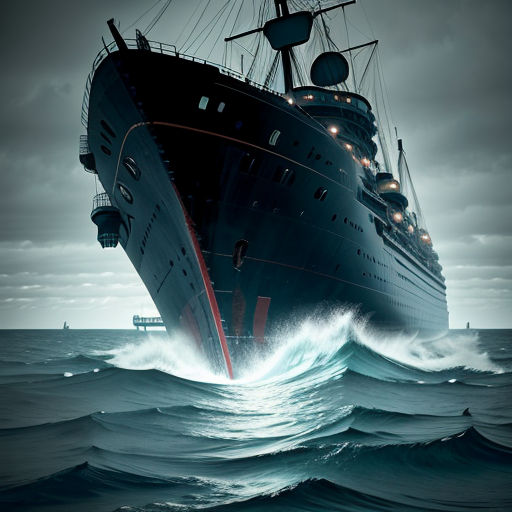
Over a century later, the Britannic's memory lives on. The shipwreck now rests in the ocean's depths, a solemn testament to the power of nature over human ambition.
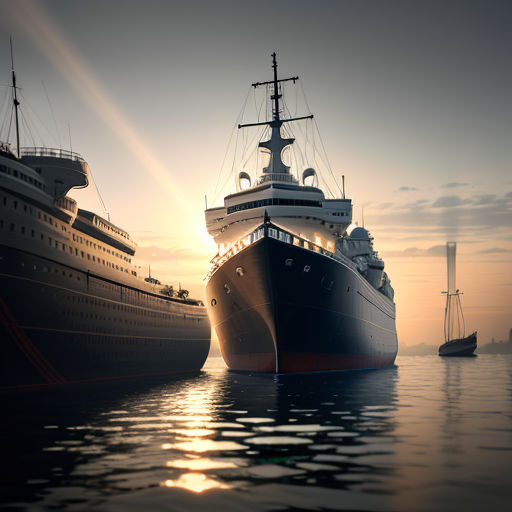
The Britannic's destruction wasn't just a maritime disaster, it was a historical event that held lessons of humanity, bravery, sacrifice, and the unyielding power of nature.
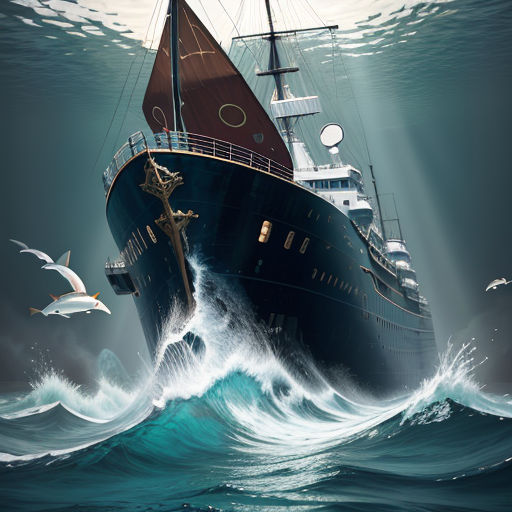
The Britannic tragedy reminds us of the transience of life and the strength of the human spirit when tested to its limits.
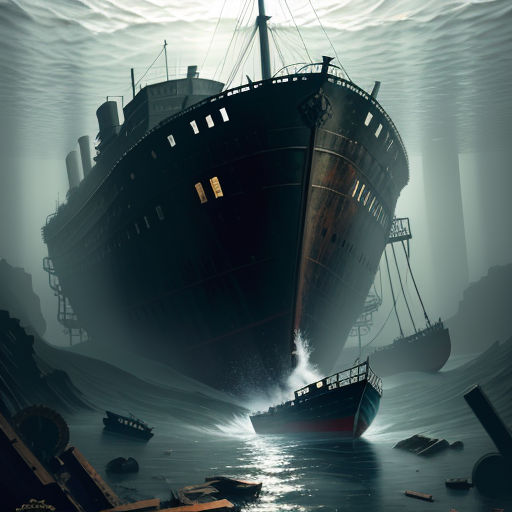
The heroic acts of survival, the painful losses, and the ship's disastrous end, all serve as a stark reminder of our mortality and the timeless power of the sea.
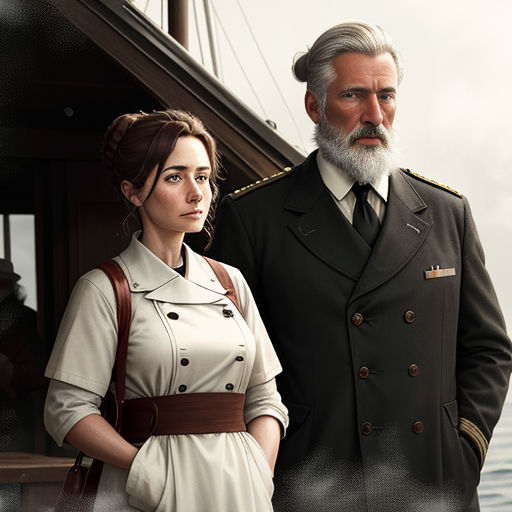
Captain Bartlett and Margaret Brown, though marked by the tragedy, continued to serve selflessly, their spirits unbroken. Their tales inspire courage and resilience.
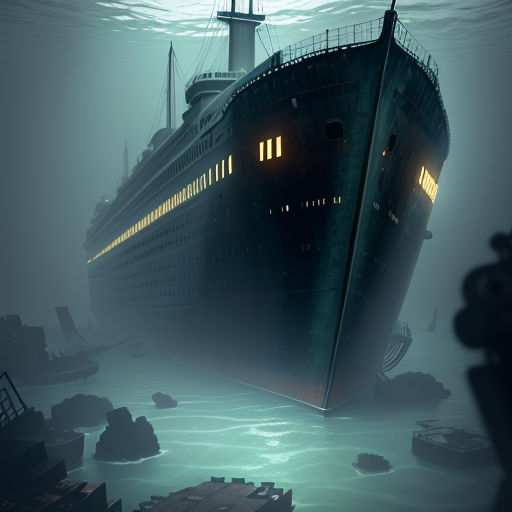
The story of the Britannic disaster, etched in the annals of history, serves as a timeless symbol of human ambition, resilience, and the unforgiving force of nature.
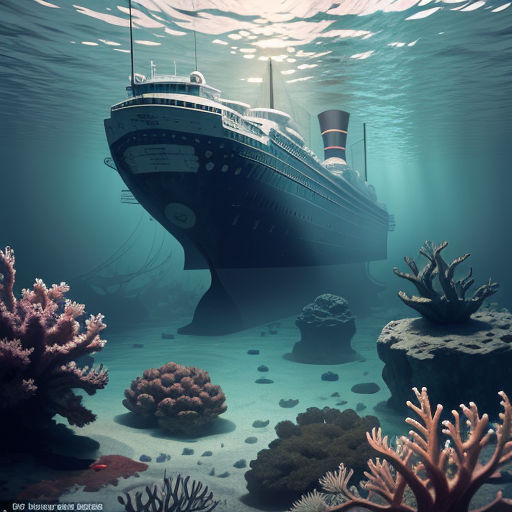
The memories live on, as survivors' tales continue to inspire, and the Britannic's wreckage continues to fascinate explorers, forever capturing humanity's attention with its tragic tale.